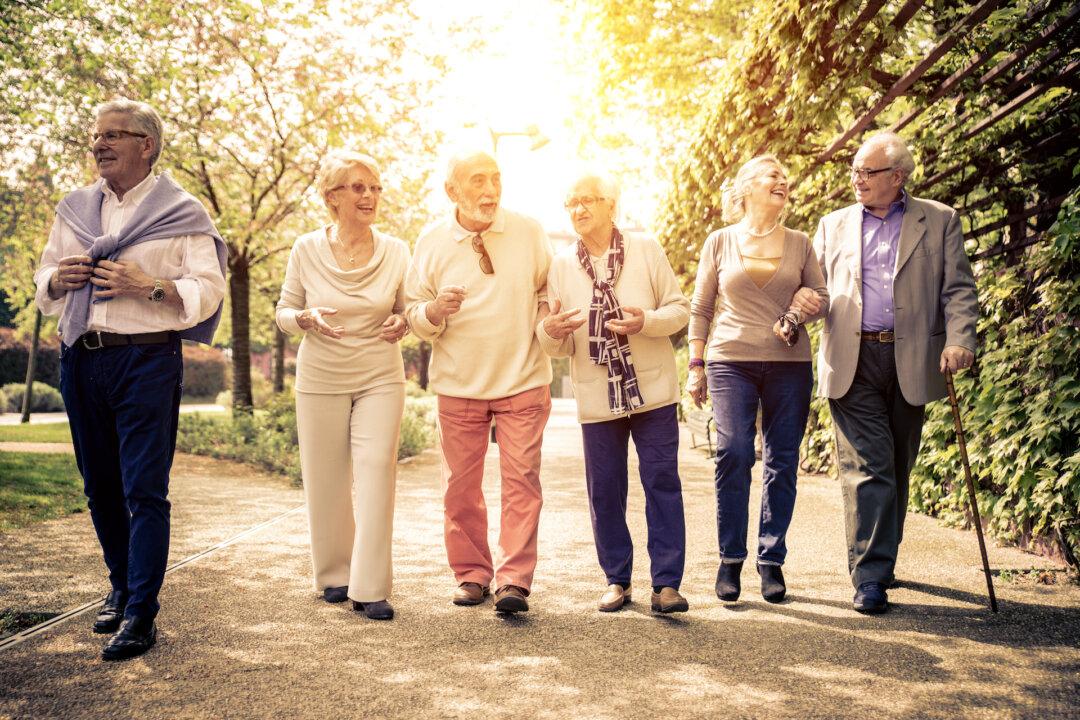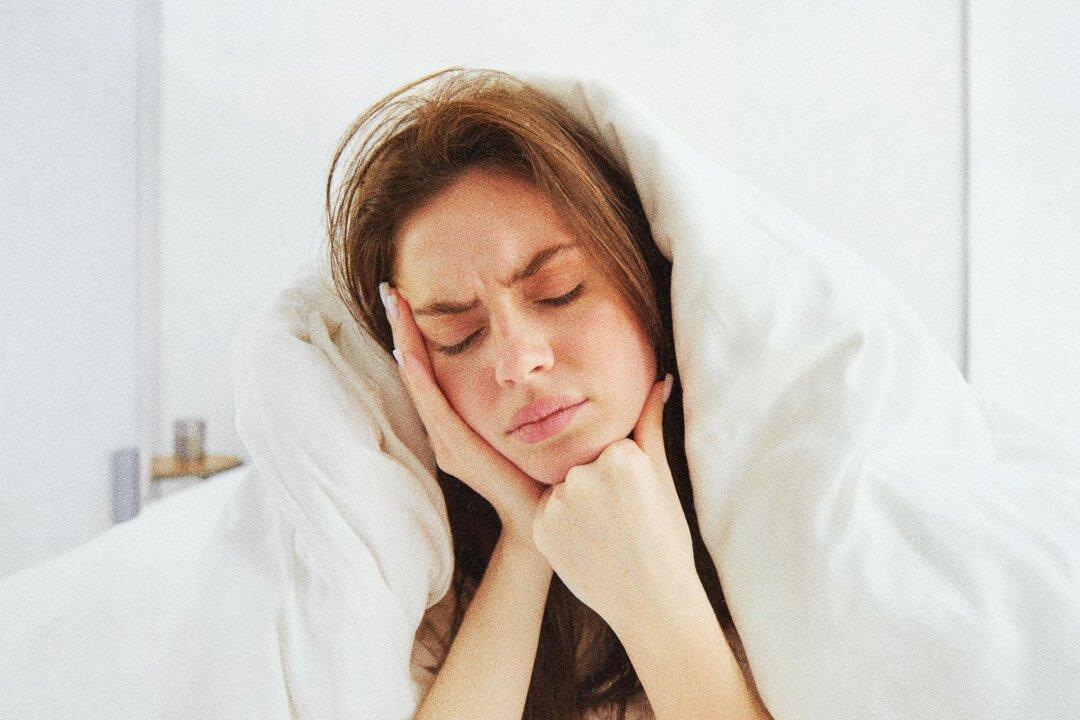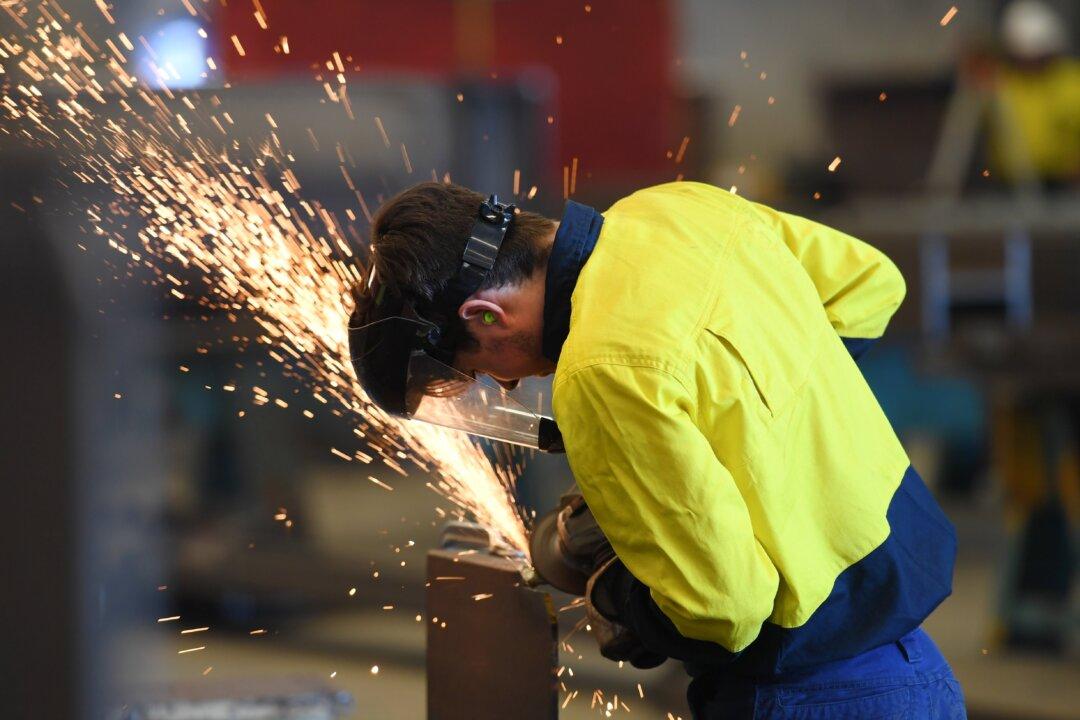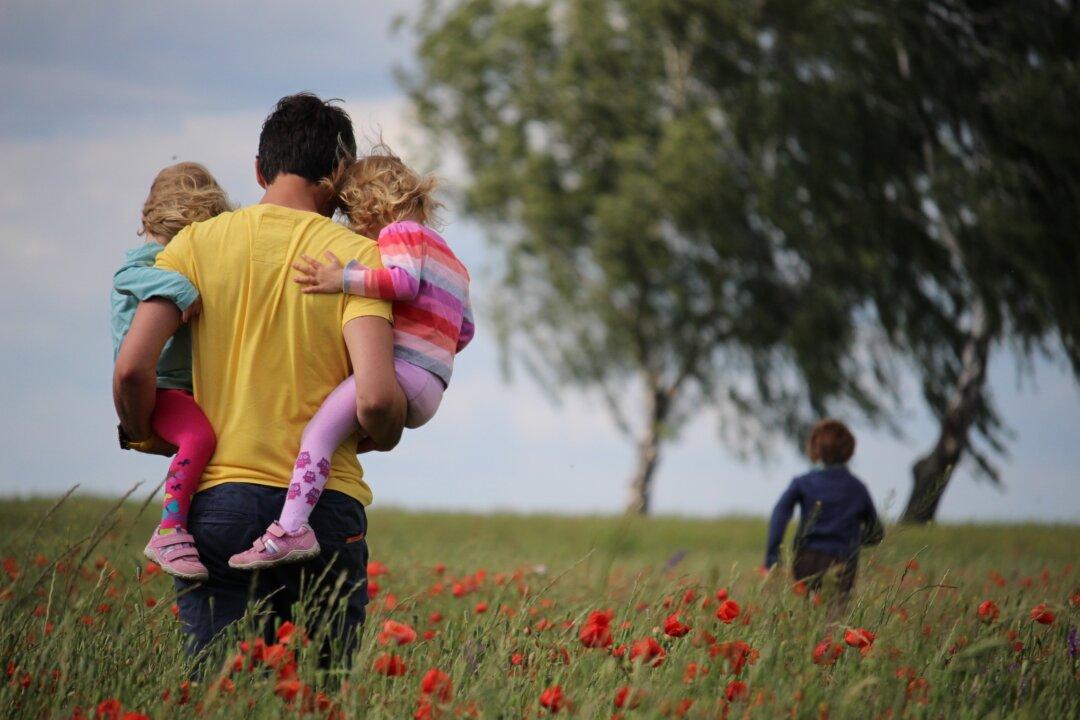Older Australians are being urged to get active following a study that found lower physical activity to be associated with higher fracture risk.
This comes after a study, led by Dana Bliuc from the Garvan Institute of Medical Research in Sydney, found that almost a quarter of a million Australians aged 45 and over were walking less than 1 kilometre (0.62 miles) every day, which was correlated with higher fracture risk.





